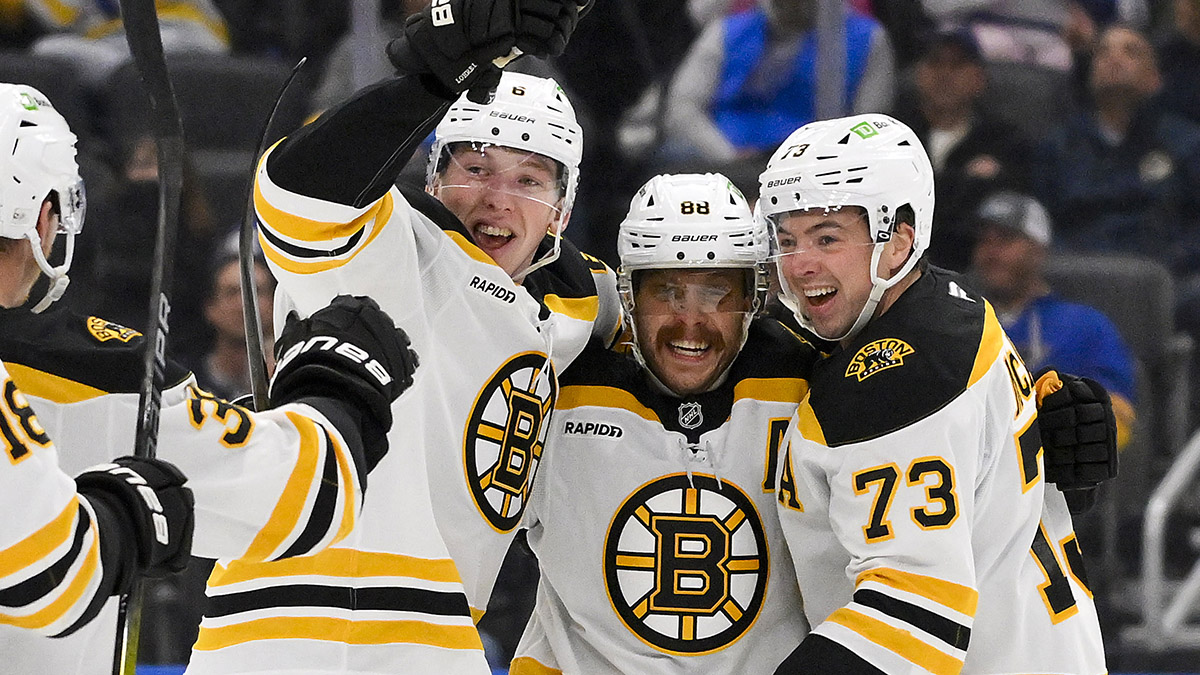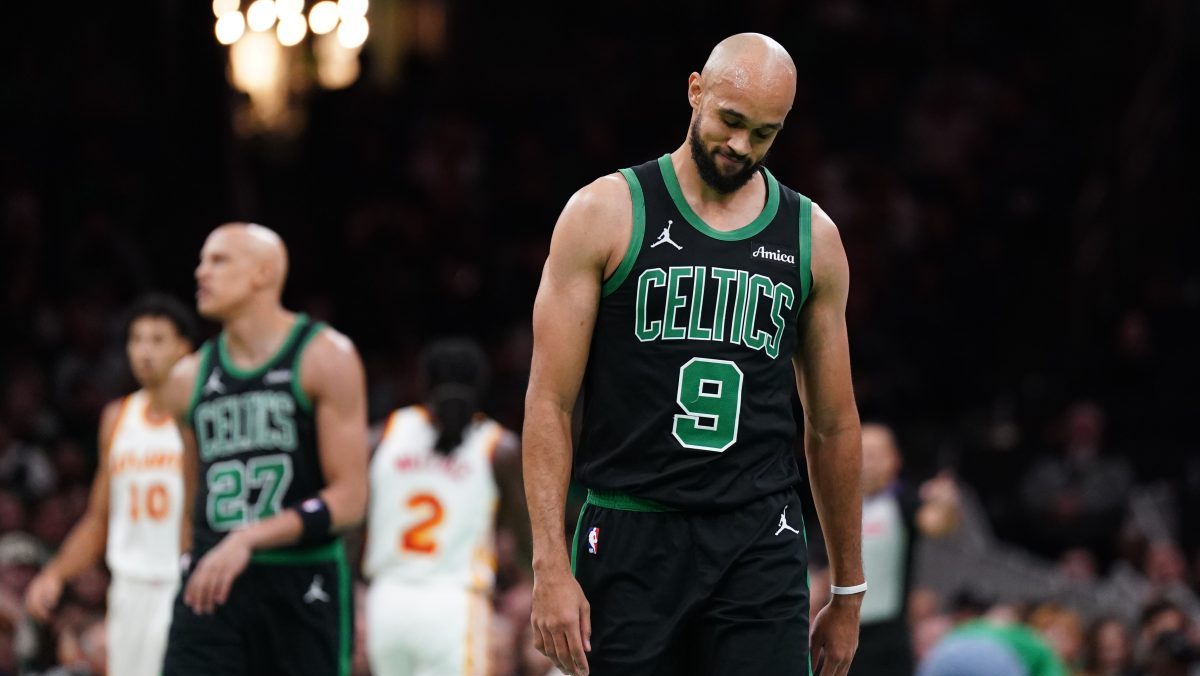Mookie Betts is a baseball MVP and batting champ. He's a professional bowler. He's a recreational baller who, at 5 feet 9 inches, can rise to the rim and finish with a dunk.
I'm guessing you already knew all, or some, of the above. What you may not realize is that Betts also is a storyteller.
One of his interests away from the game is creating original content, providing the public with stories that have never been framed or told well enough. Based on his history, Betts will be good in that space like he is everywhere else. I've got a documentary idea for director/producer Betts, and he won't even have to leave his mirror to do it. He could call it, "The Real Story of Mookie and the Red Sox."
You'd watch or listen to that, wouldn't you?
Get the latest news and analysis on all of your teams from NBC Sports Boston by downloading the My Teams App
I mean, the real story of why the best homegrown Red Sox player in a generation, 27 years old and in his prime, is now committed to the Los Angeles Dodgers until 2032.
NBC Sports
In Boston, Betts more than lived up to his famous initials (MLB). He hit for power with a high-contact, low-strikeout rate. He could be your leadoff or cleanup man. He roamed the biggest right field in baseball as if it were his backyard. He was the team's best and smartest baserunner. His 13-pitch at-bat against J.A. Happ in 2018 - the reward of and reaction to it - is one of my favorite Fenway scenes.
On the field, Betts brought the storm. Off it, he was the quiet storm. For all the overflowing joy and excellence that he displayed in Red Sox games, he was Patriot-like whenever he was asked about his next move. We'll just take it one game at a time and do our best…
Was he always focused on leaving Boston and heading to free agency? Or did the city and the team accelerate it for him?
There's a chance, of course, that he was unaffected by all the workplace dysfunction around him the last few years. A slim chance. I often wonder, for example, how he and those closest to him truly felt about a series of events from May 2017 through January 2018. That eight-month stretch alone was a patchwork of willful ignorance in the stands, bumbling negotiations in the suites, and a hostile atmosphere - sometimes in the dugout, sometimes in airplane seats - that was a constant reminder of lurking chaos.
Is all that a reason to turn down $300 million in Boston? Yes, if you can get at least that and more somewhere else. "Discount" is relative at those numbers, but ask yourself this: Would you take a hometown discount if you were at home and yet it never felt that way?
Let's talk about some episodes in those eight months.
In May 2017, Orioles outfielder Adam Jones said someone in the Fenway crowd called him a racial slur. During their investigation of the night's circumstances, the Red Sox asked their African-American players if they'd ever heard that at the park; they all said they had. In other words, what Jones experienced wasn't breaking news to them. The news was that he'd discussed it publicly. I remember at the time of the Jones incident, I'd recently finished a book with David Ortiz. I sent him a text about what happened to Jones and, two seconds after sending it, my phone was ringing.
"This is a big problem at Fenway, and it's been going on for a while,'' Ortiz began.
We talked about awful exchanges that he'd either witnessed or heard about, involving players and staff, since joining the Red Sox in 2003. How many players over the years, we wondered, had decided to just play ball and ignore the racial noise? How many players were puzzled by the twisted logic of racists? (Call the black guy on the other team a slur, and the black guy on my team will be just fine with it.) How many weighed the cost of it and concluded that it wasn't worth being labeled a complainer, alarmist, or - and this was popular at the time - a liar?
About six weeks after the Jones revelation, there were new and leftover rounds of Red Sox drama.
David Price yelled at mainstream media in New York; Price humiliated Red Sox media (Dennis Eckersley) on a team plane to Toronto; Dustin Pedroia tried to recover from publicly distancing himself from his manager and teammates, even though it meant siding with an opposing player, Manny Machado, who ultimately ended his career; and the Sox won their division and eventually fired their manager.
If that weren't enough, the eight-month journey was capped with a final act that sent the wrong message, at the wrong time, to the wrong person.
Betts, the franchise player the team wanted to sign to a long-term contract, was eligible for arbitration. He and the Sox had a $3 million difference of opinion. With what was at stake in the future, the Sox never should have taken Betts to arbitration over $3 million.
They did it anyway, and doubled down with a presentation that didn't land well. According to a report by Jeff Passan, the Sox made their case by showing a flattering video of the Cubs' Kris Bryant. The point was clear: You're good, but you're no Kris Bryant.
That's what they brought to the table that day in January 2018. That was also the day they lost their case, their negotiating savvy, and their chance at a long-term partnership with a star who gracefully handled the Boston challenges that we could see, as well as the insults that we couldn't.
Why did Mookie Betts sign long-term with Dodgers, and not Red Sox? originally appeared on NBC Sports Boston



